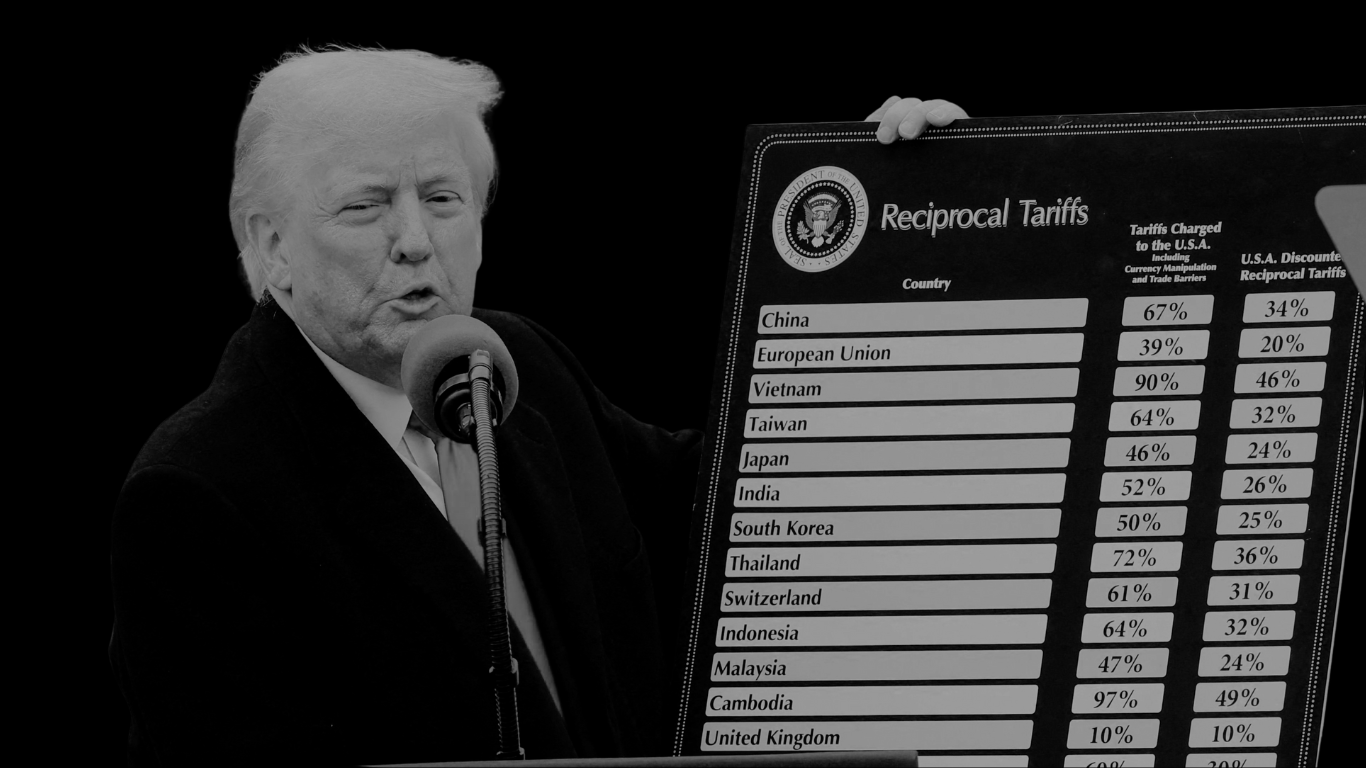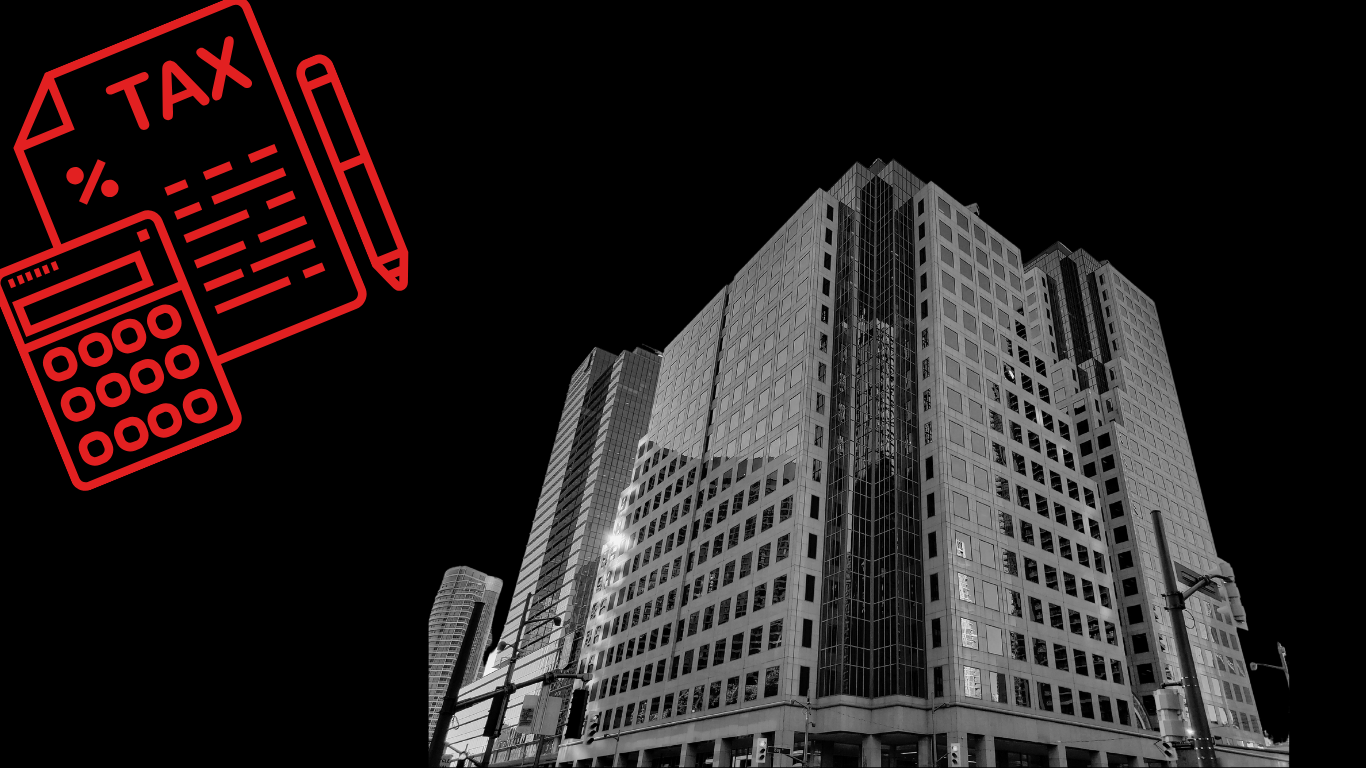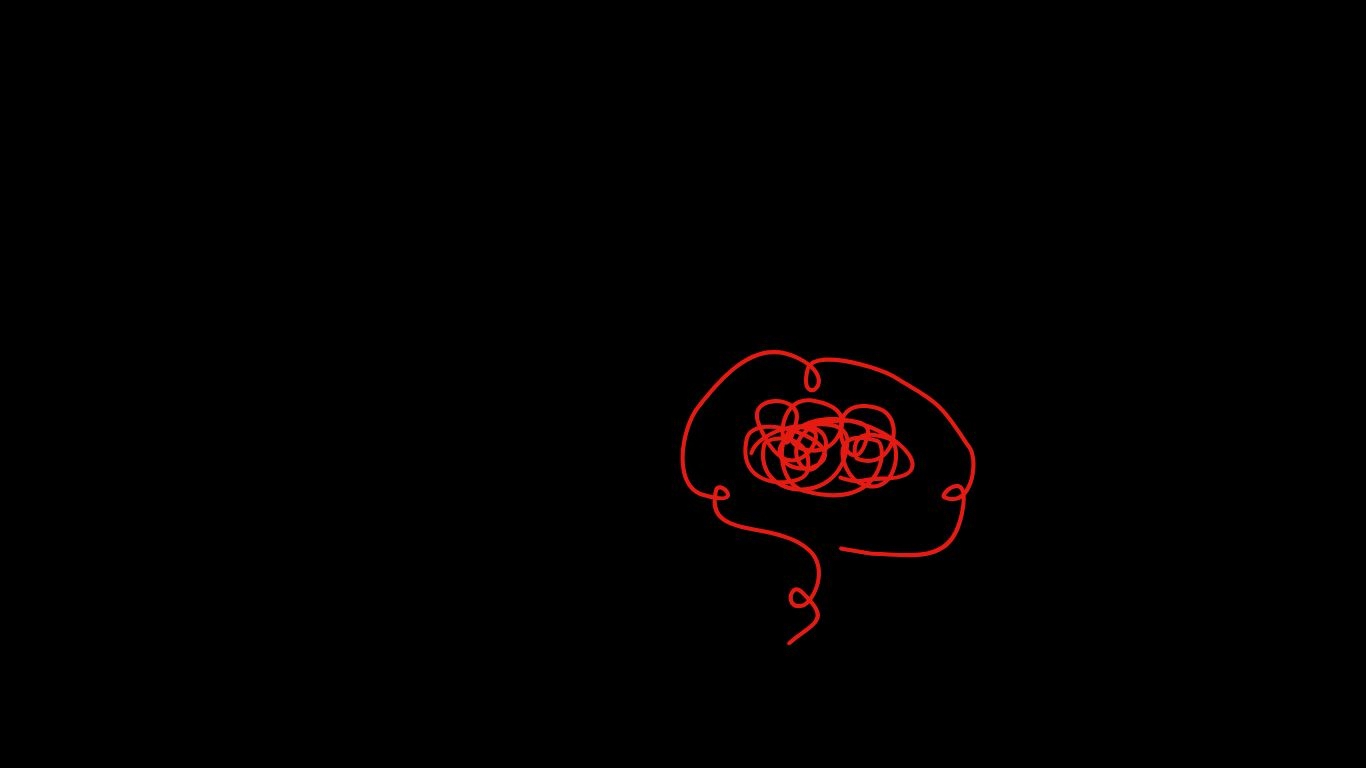HMRC have recently published their findings related to the tax gap for the tax year 2019/2020. The tax gap is defined as the difference between the amount of tax that should, in theory, be paid to HMRC, and what is actually paid. The tax gap provides a useful tool for understanding the relative size and nature of non-compliance and helps HMRC to address the causes and improve the overall health of the tax administration system.
The total tax liabilities for the 2019/2020 year was £674 billion, of which the tax gap was estimated to be £35 billion. This is a 5.3% difference of essentially what is owed but hasn’t been paid to HMRC, meaning HMRC secured 94.7% of all tax due.
The tax gap arises for several reasons such as common errors from taxpayers in calculating the tax that they owe, as well as others not taking enough care when submitting returns. Legal interpretation, evasion, avoidance, and criminal attacks on the tax system also result in the tax gap.
We break down the key findings of the tax gap statistics from HMRC, potential causes and what it means for the wider economy in general.
Key Findings From The Tax Gap Statistics
Since 2005 to 2006 (when the tax gap annual statistics were first released), there has been a long-term reduction in the overall tax gap, from 7.5% in the tax year 2005 to 2006 to 5.3% in 2019 to 2020. Between 2016 to 2017 and 2019 to 2020 the overall percentage tax gap has remained low.
The tax gap for Income Tax, National Insurance contributions and Capital Gains Tax is 3.5% in 2019 to 2020 at £12.6 billion, representing the biggest share of the total tax gap by type of tax. This is then closely followed by VAT at £12.3 billion (a long-term reduction for the VAT gap from 14.1% in 2005 to 2006 to 8.4% in 2019 to 2020).
The excise duty gap has reduced from 8.3% in 2005 to 2006 to 5.9% in 2019 to 2020, whilst the Corporation Tax gap has reduced from 11.3% in 2005 to 2006 to 8.0% in 2019 to 2020.
In the tax year 2019 to 2020, the alcohol duty gap that comprises beer and spirits is 9% of total theoretical liabilities. The alcohol tax gap is £1,050 million in 2019 to 2020, of which £700 million is in alcohol duties and a further £350 million in VAT. The beer illicit market share is estimated at 12% in the tax year 2019 to 2020, resulting in estimated losses of £600 million in duty and a further £250 million in VAT, giving a total loss of £850 million.
In the tax year 2019 to 2020, the tobacco duty tax gap that comprises cigarettes and hand-rolling tobacco is 17% of total theoretical liabilities. The tobacco tax gap is estimated to be £2.3 billion in 2019 to 2020. An estimated total of £1.8 billion has been lost in tobacco duties and a further £0.5 billion in VAT. The cigarette illicit market share is estimated at 9% in the tax year 2019 to 2020, resulting in an estimated loss of £800 million in duty and a further £200 million in VAT, giving a total loss of £1.0 billion.
The Great Britain diesel illicit market share is estimated at less than 1% in the tax year 2019 to 2020, resulting in an estimated loss of £120 million in duty and a further £30 million in VAT, giving a total loss of £150 million.
Failure to take reasonable care accounted for the largest proportion of the tax gap at 19% (£6.7 billion), whereas avoidance accounted for the smallest proportion of the tax gap at 4% (£1.5 billion).
What Does The Tax Gap Statistics Mean and Who Do They Affect?
The annual publishing of the tax gap statistics comes at a time when public finances are under the most severe strain since the second world war. As a result of the pandemic government borrowing has reached record levels, with the government’s budget deficit (the gap between spending and income) rising to £298bn in the financial year to the end of March 2021.
Campaigners have stated that the amount of tax lost to fraudulent activity was at least £15.2bn, based on HMRC figures. However, the likelihood is that billions of pounds more have been shifted away from the UK to tax havens by multinational companies.
Saying that, Jim Harra, HMRC’s chief executive, is upbeat about the latest statistics, claiming, “It is encouraging to see such a large proportion of businesses and individuals meeting their tax obligations. We want to help everyone get their tax right, which will help fund our vital public services like the NHS and emergency services.”
Our tax manager, Adam Truluck, had this to say about the tax gap statistics, “Keeping the tax gap low is important as this affects both the economy and taxpayers as individuals. As many are aware, a percentage of taxes are used towards funding public expenditure and a tax gap will inevitably mean a reduction in HMRC’s revenue and therefore how much they can allocate to public expenditure. In short, tax gaps directly affect the funding provided to services such as the police force and the NHS along with funding for education.
If the tax gap was to increase, HMRC would most likely need to raise tax in the future in order to keep up with raising expenditure. This of course will have a direct impact on all taxpayers. Whilst the majority of the tax gap comes from simple reasons like common errors or a low duty of care, a percentage of it is made up from tax avoidance and evasion. This ultimately leads to HMRC increasing their rate of investigating individuals tax returns. Even if you have not made any of the errors, an investigation from HMRC can be drawn out, stressful as well as costly.”
We hope this has outlined to you exactly what the tax gap is, as well as some of the key findings and themes portrayed by the latest statistics. If you require any further information on other government tax schemes, or anything accounting related for that matter, please don’t hesitate to get in contact with us at Nordens where one of our trusted advisors would be happy talking you through your query.









































































































































































































































































































































































































































































































